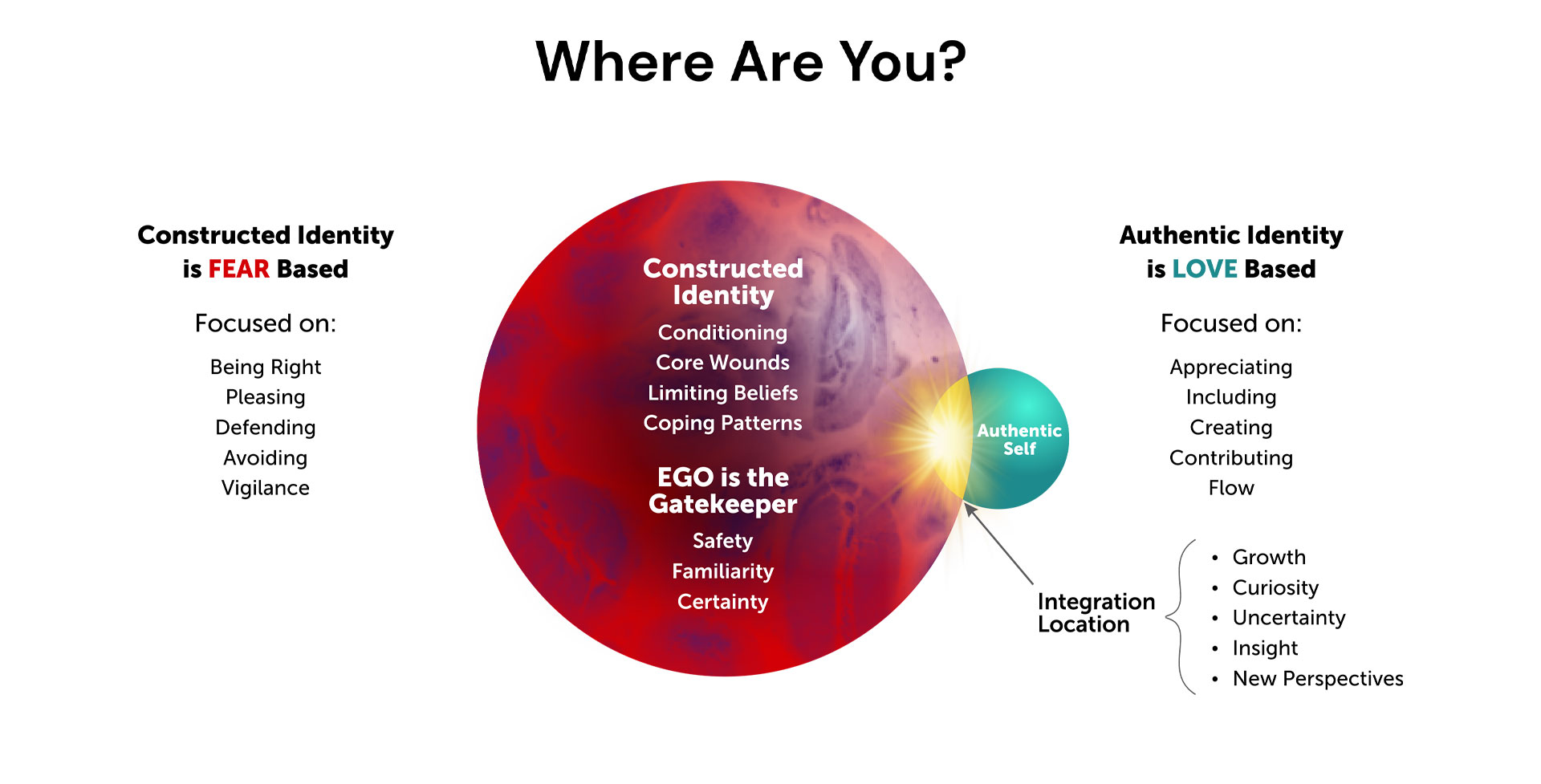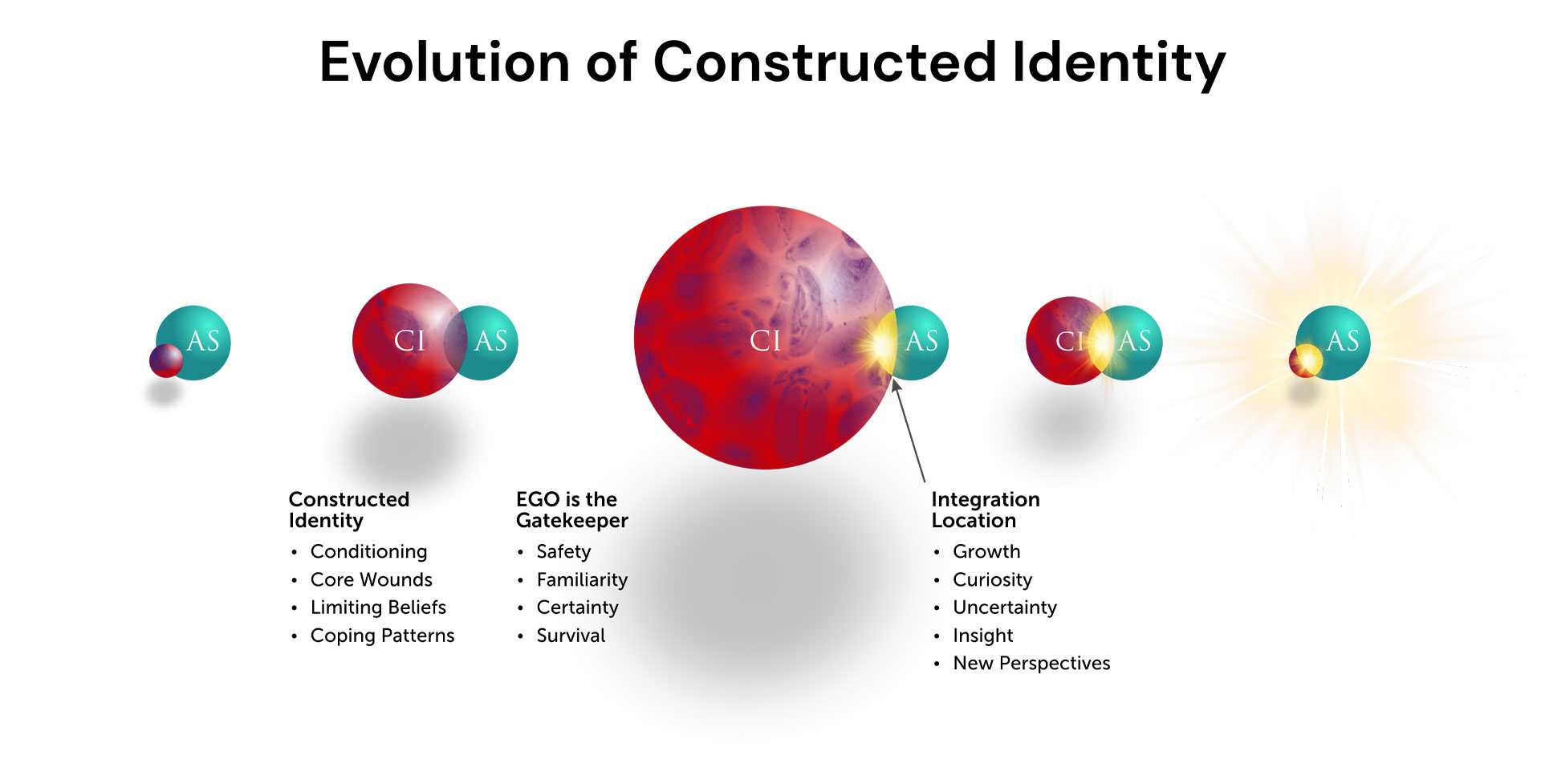This blog is based on a conversation with Lynn Sumida and Jeff Brown, founders of Expanding You.
There’s a fun little team building challenge that you may be familiar with; using only scotch tape and dry spaghetti noodles, build the tallest tower possible that can support a single marshmallow at its top. Called the Marshmallow Challenge, this test was used in a study by designer Tom Wujec that compared the performance of different groups in this kind of challenge.
Teams, on average, were able to suspend the marshmallow about 20 inches in the air, but there were a couple surprises. Notably, lawyers and business graduate students performed well below average, while CEOs scored just barely above it. Coming in several steps above the CEOs, however, were kindergarteners.
How is it that decades of education and experience did not allow these professionals to surpass children in this challenge? One common theory is that, while the adults would begin by deliberating on plans and divvying roles between one another, the kids would simply get hands on noodles and go to town.
A kindergartner with an idea doesn’t stop to ask if everyone agrees and thinks it’ll work – they just try and see! If another kid saw that wasn’t working, they had very few reservations about grabbing extra materials and testing an idea of their own. Where adults engage in a political and social dance of identifying leaders, being polite, and trying to appear smart or helpful, children simply play.
The good news is that the creative, playful approach of our childhood is still accessible to us as adults – it’s just obscured by a lifetime of conditioning. This conditioning forms what Exanding You calls the Constructed Identity (familiar to those who have read how our relationship with identity changes) and it has a number of defining characteristics:
The EGO seeks to preserve our Constructed Identity and maintain a sense of safety, familiarity, and certainty. Its purpose is to protect us from perceived threats to our well-being, often at the expense of growth and change.

To see how this fits with your own experience, imagine yourself starting the Marshmallow Challenge with a team of strangers – what would you do? Would you offer a suggestion, or wait for someone else to speak first? If people rejected your idea, how would you feel?
If you notice thoughts such as “oh, I don’t want to be rude,” “what do I know,” or “this idea better work,” you might be engaging through a Constructed Identity. These thoughts are guided by fear, such as fear of seeming aggressive, arrogant, or unintelligent. The EGO uses this fear to keep us in familiar, tried-and-true patterns rather than engaging in a way that risks our sense of safety.
The Constructed Identity is formed early on and developed over time. Moments of stress or of praise subtly (or not so subtly) inform our young, growing brains of the behaviors that will help us avoid discomfort and gain recognition. Beliefs are formed and then reinforced by similar experiences throughout our lifetime, creating patterns in our relationships with self, others, money, and more.
Constructed patterns bring varied results – you might have learned to value work ethic, receiving raises and accolades in your professional life. Or you might feel like you keep dating the same person over and over, each time ending the same as the last. As we pay more and more attention to the thoughts and beliefs embedded in these repeated experiences, we give focus to the constructed identity, taking it away from the adventurous, trusting, authentic self that characterized our childhood.
It is this over-attentiveness that makes our beliefs seem “real” and keeps us from challenging them. The Expanding You programs shine a light on these beliefs and how they are operating in your life. Let’s imagine that, at some point in elementary school, you excitedly jumped up from your desk when the lunch bell rang, eager to dine and play with your friends.
This was met with a scolding from your teacher who saw this as disruptive and rude, and immediately your EGO takes note that being overly expressive risks your social safety. You start to become more vigilant in how you display your emotions, seeking to avoid the discomfort of potentially having your feelings responded to negatively.
Time and again you restrain yourself, rarely (if ever) challenging the constructed identity’s idea of how to behave. As you get older, it takes up a larger and larger part of your attention and informs more and more of your behavior.

This mindset is depicted at the center of Lynn Sumida and Jeff Brown’s model for how their concept of the Constructed Identity changes over time. Depicted above, the center is where many of us spend the most of our time. In this space we worry about what we “should” be, do, or say. We fret about things that are outside of our control, such as peoples’ reactions to us or events that have already happened or have yet to happen.
The good news is that we can move away from fear and shift our attention back to the loving, Authentic Self. First, recognize that the Constructed Identity doesn’t actually become more true or real as our attention to it grows; like a tiny pimple on a beautiful face, it fights for our attention thinking that, if we obsess over it, we can protect ourselves from embarrassment.
Rather than clinging to an old belief that “pimples are gross” or “everyone will notice,” we can invite new perspectives to lead us, like “my body is a whole ecosystem of its own” or “people like me for so much more than my face.” We let go of our certainty that “people will see it” and engage curiously with uncertainty, open to new experiences of ourselves and others.
Challenging the paper tiger of the Constructed Identity in this way demonstrates to ourselves that the beliefs and experiences recorded within are only as powerful as the attention we give them. In fact, having held constructed beliefs in the past allows us to be even more powerful in the present. Notice the difference between the left- and rightmost stages above, where the identities overlap; the glowing spot on the right is the Location of Integration.
This is where we have learned to accept the Constructed Identity for its contributions to our growth and security. Here we notice its influence non-judgmentally and may choose to engage with it curiously. With this awareness we have new respect for our choices and our experiences.
This is where, you may be happy to hear, we adults can surpass 5 and 6 year-olds. While they may step into the Authentic Self more readily, it is without the wisdom and appreciation that comes with integration.
So practice checking in with yourself – where are you? Are you guided by fear, or love? Our Feeling Wheel is a powerful tool for this, if you get stuck.
If your beliefs feel limiting, what new perspectives might you focus on instead? Soon enough, with practice, you might be able to challenge some kindergarteners to the Marshmallow challenge… and win!

